SpaceX's Falcon 9 rocket carried the European Space Agency's (ESA) Euclid space telescope into flight at 10:11 p.m. on July 1 ( Hanoi time).
The Euclid Space Telescope launched on a Falcon 9 rocket. Video : SpaceX
The launch took place at Cape Canaveral Space Force Station in Florida, US. Onlookers applauded as the Falcon 9 rocket carrying Euclid soared high into the sky, with the rocket's first stage separating and landing precisely on a drone ship in the Atlantic Ocean after just eight minutes.
Euclid, designed to search for dark energy and invisible dark matter, separated from the rocket about 41 minutes after launch and is now on its way to Lagrange 2, about 1.5 million kilometers from Earth and on the opposite side of the sun. Lagrange points are relatively stable orbits where satellites use the least amount of fuel. Euclid is a popular destination. NASA’s James Webb Space Telescope, for example, operates at Lagrange 2.
Scientists believe that dark matter and dark energy make up most of the universe, but humans cannot see these phenomena in wavelengths of light. Instead, experts can track them through their effects on other objects.
Scientists study the workings of the dark universe to chart the effects of time on the universe. The merger of galaxies, the expansion of the universe, and the movements of individual stars are all influenced by dark energy and dark matter.
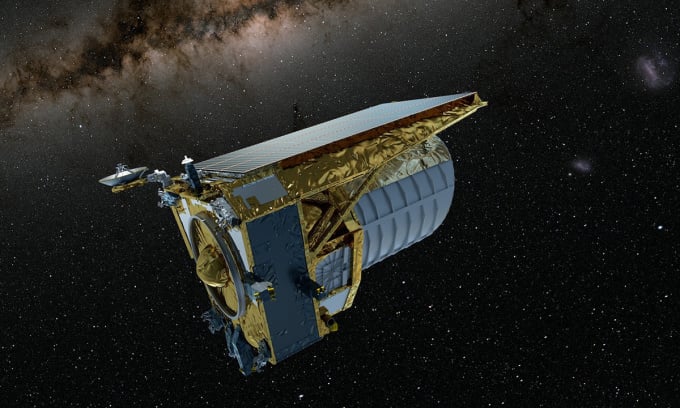
Illustration of the Euclid telescope in space. Photo: ATG/ESA
Euclid will look beyond the Milky Way to map about a third of the sky outside the Milky Way. During its six-year mission, the telescope will map billions of targets, including galaxies and stars. Euclid’s two science instruments, focusing on visible and infrared wavelengths of light, will record information for scientists.
The mission will explore the motions and chemical compositions of distant objects. Euclid's sharp "eyes" will provide images at least four times sharper than those from ground-based telescopes because they are far from Earth's distracting light and atmosphere.
Project Euclid, which cost about $1.5 billion and has been in the works for nearly two decades, will take about 30 days to reach Lagrange 2. Experts have not announced when the first scientific image will be taken, but estimate it will be in a few months.
Thu Thao (According to Space )
Source link


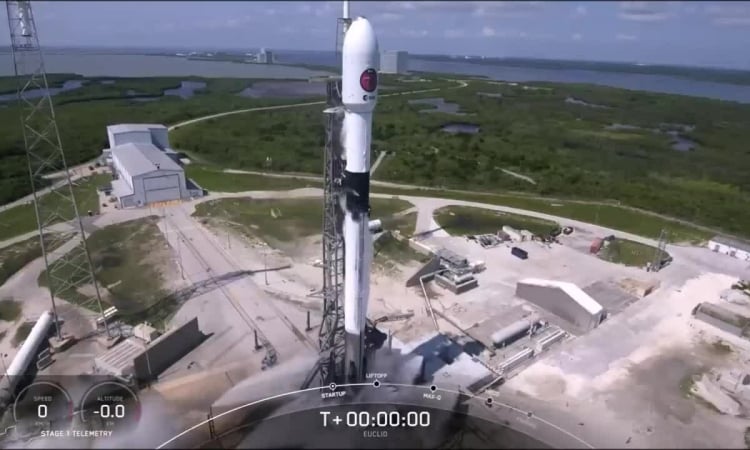

![[Photo] Hanoi morning of October 1: Prolonged flooding, people wade to work](https://vphoto.vietnam.vn/thumb/1200x675/vietnam/resource/IMAGE/2025/10/1/189be28938e3493fa26b2938efa2059e)

![[Photo] President of the Cuban National Assembly visits President Ho Chi Minh's Mausoleum](https://vphoto.vietnam.vn/thumb/1200x675/vietnam/resource/IMAGE/2025/10/1/39f1142310fc4dae9e3de4fcc9ac2ed0)

![[Photo] Keep your warehouse safe in all situations](https://vphoto.vietnam.vn/thumb/1200x675/vietnam/resource/IMAGE/2025/10/1/3eb4eceafe68497989865e7faa4e4d0e)






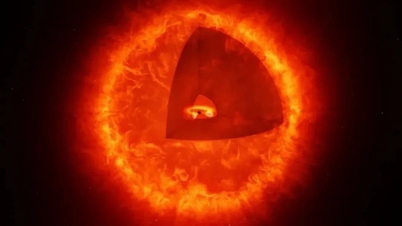
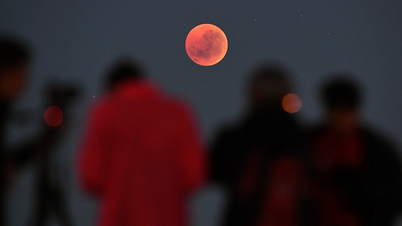








![[INFOGRAPHIC] DJI Osmo Nano Action camera, super compact, 4K 120fps recording](https://vphoto.vietnam.vn/thumb/402x226/vietnam/resource/IMAGE/2025/10/1/8408489112ee446dab897373255c827e)
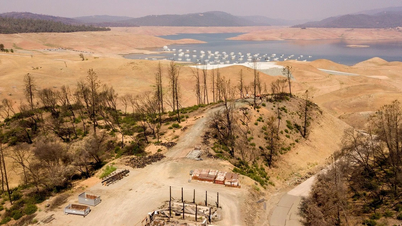







































































Comment (0)